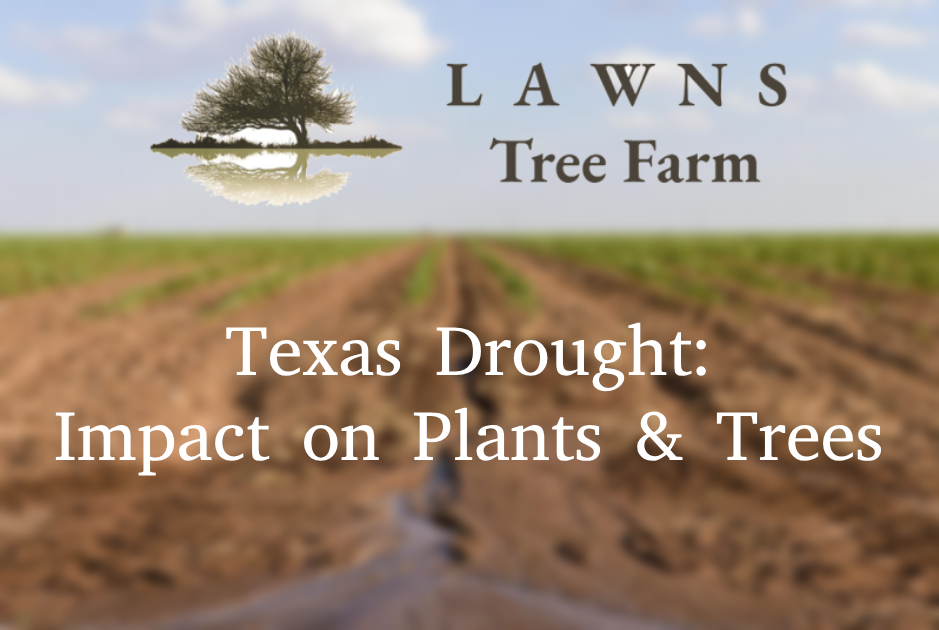Understanding Texas’s Lingering Drought: Impact on Newly Planted and Existing Trees/Plants
Texas has been grappling with a persistent drought that has posed significant challenges to its landscape and agricultural sector. The declining rainfall patterns have not only affected the state’s water resources but also have profound implications for its flora, especially newly planted trees and existing vegetation. In this blog post, we’ll delve into the ramifications of the prolonged drought on plant life in Texas and offer insights into how individuals and communities can mitigate its impact.
1. The Texas Drought: A Persistent Challenge
Texas has a long history of grappling with drought conditions, but in recent years, the situation has become more severe and prolonged. Climate change, coupled with natural weather variability, has exacerbated the frequency and intensity of drought events across the state. According to meteorological data, many regions of Texas have experienced a greatly below-average rainfall, a lot lower than years prior, leading to parched landscapes and dwindling water supplies.
2. Impact on Newly Planted Trees/Plants
Newly planted trees and plants are particularly vulnerable to drought stress. Without established root systems, they struggle to access sufficient moisture from the soil, making them more susceptible to wilting, stunted growth, and even mortality. The lack of water also hampers their ability to develop robust root structures, which are essential for long-term survival and resilience against drought conditions.
3. Challenges for Existing Plants/Trees
Established trees and plants are not immune to the effects of prolonged drought. Even species that are well-adapted to arid conditions can suffer from water stress when faced with extended periods of limited rainfall. Drought weakens their defenses against pests and diseases, making them more susceptible to infestations and infections. Furthermore, the scarcity of water can lead to premature leaf drop, reduced fruit yields, and overall decline in health and vigor.
4. Mitigation Strategies
Despite the challenges posed by the drought, there are steps that individuals and communities can take to mitigate its impact on trees and plants:
– Implement water-saving techniques such as drip irrigation and mulching to conserve moisture in the soil.
– Choose drought-tolerant species for landscaping and gardening projects to reduce water requirements.
– Properly mulch newly planted trees and plants to retain soil moisture and suppress weed growth.
– Monitor soil moisture levels regularly and adjust watering schedules accordingly to meet the specific needs of different plants.
– Consider implementing rainwater harvesting systems to capture and store rainwater for irrigation purposes.
5. Conclusion
The lingering drought in Texas presents significant challenges for both newly planted and existing trees and plants. By understanding the impact of drought stress on vegetation and implementing appropriate mitigation strategies, individuals and communities can help safeguard their landscapes, promote resilience in the face of changing climatic conditions, and protect their investments. Together, we can work towards conserving water resources and preserving the natural beauty of Texas for generations to come.
By addressing the repercussions of the prolonged drought on plant life in Texas and offering practical solutions for mitigation, this blog post aims to raise awareness and empower readers to take proactive steps in preserving the state’s natural ecosystems.





